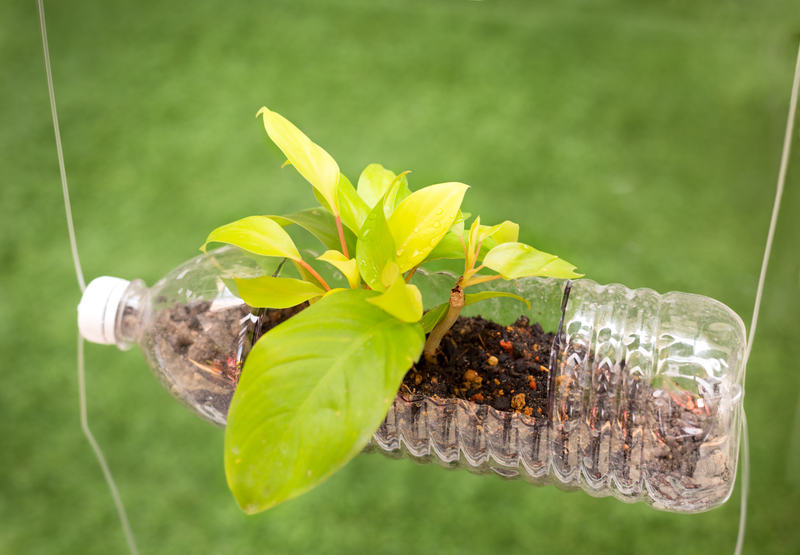Wood Waste's Second Life: Beyond the Recycling Horizon
Wood waste, an unavoidable by-product of industries ranging from timber to construction, often finds its purpose limited to traditional recycling processes. However, a revolutionary attitude towards its second life unveils a horizon of possibilities that extend beyond mere recycling.
The Importance of Utilizing Wood Waste
Understanding the significance of wood waste utilization is essential in combating environmental degradation and promoting sustainable practices. By exploring innovative methods to repurpose this material, we are gearing towards a future where waste is minimized, resources are optimized, and nature is preserved.
Environmental Benefits
- Reduces landfill contributions, leading to decreased greenhouse gas emissions.
- Promotes the conservation of natural resources by reducing the need for virgin wood production.
- Enhances biodiversity as less deforestation occurs, safeguarding habitats.
Economic Advantages
- Creates new markets and job opportunities in the green sector.
- Reduces costs associated with waste disposal and virgin material acquisition.
- Encourages innovation in sustainable practices and technologies.

Innovative Uses for Wood Waste
Let's delve into some groundbreaking applications that catapult wood waste beyond the recycling boundary, unveiling its potential in diverse sectors.
Bioenergy Production
Transforming wood waste into bioenergy is a powerful sustainable energy solution. Utilizing wood biomass for electricity generation or heating significantly reduces dependency on fossil fuels, thus decreasing carbon emissions. Furthermore, advanced technologies like gasification and pyrolysis enhance the efficiency and output of energy production from wood waste.
Biomaterials and Biochemicals
The transition from wood waste to innovative biomaterials is a remarkable stride in sustainability. By converting wood waste into biodegradable products, such as bioplastics and resins, industries can largely decrease their carbon footprint while promoting a circular economy. Besides, this approach fosters the development of eco-friendly materials, paving the way for sustainable manufacturing alternatives.
Animal Bedding and Landscaping
Wood chips and shavings derived from waste serve effectively as animal bedding, offering a cost-efficient and absorbent option for livestock farmers. Additionally, these materials excel in landscaping, be it as mulch for moisture retention or erosion control, contributing to soil health and ecosystem stability.
Technological Advancements Elevating Wood Waste Utilization
The advent of technology has revolutionized methods through which wood waste is used, integrating sophisticated techniques in material processing and product development.
3D Printing and Wood Waste
Leveraging 3D printing technology to transform wood waste into composite filament opens a plethora of design and manufacturing possibilities. This innovative approach not only minimizes waste but also allows the production of customized, sustainable products, from furniture to architectural components.
Advanced Composite Materials
Wood waste is gaining prominence in the creation of composite materials used in constructing buildings and transportation modes. These composites boast enhanced durability, lightweight characteristics, and remarkable thermal properties, driving the construction industry towards sustainable and efficient solutions.
Challenges and Solutions
Hurdles in Wood Waste Management
Despite the encouraging advancements, wood waste management faces several challenges. The heterogeneous nature of wood waste, contamination with other materials, and lack of robust infrastructure and policies complicate the efficient transformation of wood waste.
Addressing the Challenges
- Implementation of robust policies to standardize wood waste classification and collection.
- Investment in technology to improve the preprocessing and conversion processes.
- Encouraging industry collaboration to create a unified approach for managing and utilizing wood waste.

The Future of Wood Waste
As industries and societies progress towards sustainable practices, the scope of wood waste's second life continues to expand. By embracing innovative solutions and continuously enhancing technologies, we can unlock the untapped potential of this resource, ensuring that it stands as a pillar of environmental sustainability and economic resilience.
Conclusion: Embracing a Sustainable Future
The journey beyond the recycling horizon of wood waste is not merely about repurposing a by-product; it signifies a broader transition towards a more sustainable world. Stakeholders must recognize the immense value of maximizing wood waste utilization, setting a precedent for other materials and industries to follow suit. The transformative pathway of wood waste sets the blueprint for sustainable innovation that can redefine how we perceive and leverage waste in our ever-evolving societal landscape.